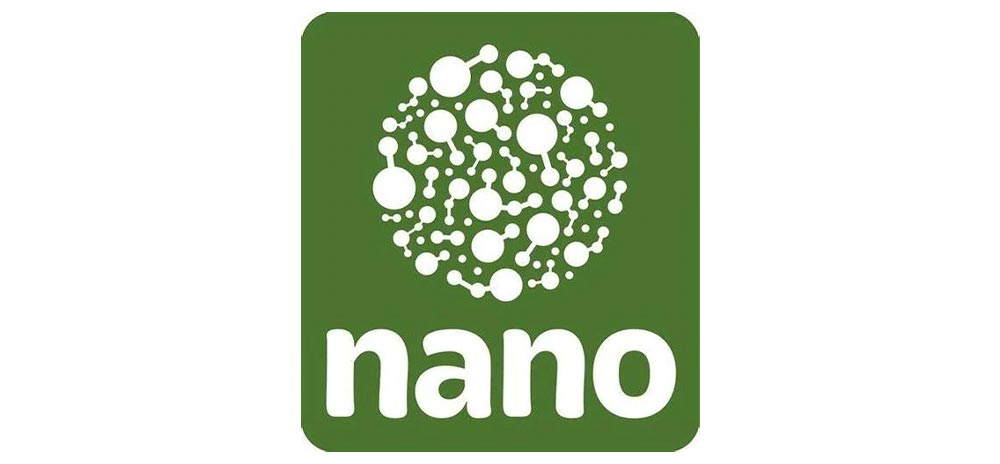Technical Articles

Nanofiltration is a somewhat recent filtration method that depends upon membrane permeability. While there are some similarities between nanofiltration and reverse osmosis technology, the two technologies are distinct. If reverse osmosis can’t be used for a specific application, then a nanofiltration water system is the next best alternative in removing, among other things, some multivalent ions, bacteria, suspended solids and viruses found in water supplies.
How does nanofiltration work? Read on for a look at the ins and outs of this filtration technology.
Different Uses
While water filtration is perhaps the best-known application of nanofiltration technology, this isn’t the only area the technology can be applied to. In fact, nanofiltration, just like reverse osmosis, can be adapted for other purposes. For instance, it can be changed to meet the needs of industries pursuing the fractionating of sugar, resolution of lactose and fructose and pharmacological concentration.
Membrane Technology
Manufacturers that develop the membranes for nanofiltration usually create spiral membranes or flat sheet membranes.
- Spiral membranes are manufactured through winding inside cylindrical enclosures that facilitate simple interchanging in filtration systems. This makes it a critical technology for ocean and sea water desalination, brackish water treatment, portable water dispensers, diary production filtration and protein separation. Spiral nanofiltration is particularly popular due to factors such of ease of use, relatively low cost, compactness and durability.
- Flat sheet membranes are applicable to a wide range of processes in the food, dairy, beverage, pharmaceutical, and biotech sectors. Flat sheet membranes, also known as polymetric membranes, are manufactured from solid material that adds durability.
As per the cylindrical enclosures used in membranes, they are made from strong polypropylene material as are the smaller holed cylindrical enclosures inside of them. These holes, which are called collection holes, permit the permeated and filtered fluid to be gathered inside of the inner cylinder so that the fluid can then be dispensed.
Nanofiltration vs. Reverse Osmosis: Membranes
The membranes in nanofiltration technology work differently than the membranes in RO technology and ultrafiltration, in terms of pore size.
- For ultrafiltration, the usual pore diameter is between 0.01 and 0.1 microns.
- For reverse osmosis, the usual pore diameter for a reverse osmosis membrane is between 0.0005 and 0.005 microns.
- For nanofiltration system, the membrane pore diameter is between 0.0001 and 0.01, which means that it falls in the middle of that of a reverse osmosis system and an ultrafiltration system.
Applied Pressure
All filtration methods that have a permeable membrane require a certain amount of pressure in order to facilitate the filtration process.
- For a reverse osmosis filtration system, the required amount of pressure is at least 80 pounds per square inch.
- For a nanofiltration system, the required amount of pressure is at least 50 pounds per square inch.
Molecular Weight Cut-off Considerations
While nanofiltration membranes have a specific pore size range, they are generally rated according to their molecular weight cut-off (MWCO) rather than to their membrane pores diameter. MWCO is a term that refers to the molecule weight of 90% of the filtration solute that is retained by the membrane. The unit of measurement used to conduct the measurement is Daltons, which refers to the unified unit of atomic mass.
How Does Nanofiltration Work? Final Considerations…
Nanofiltration is the preferred method for separating compounds, which is why it’s used in the pharmacological sector. Even so, nanofiltration is not quite as effective as a water filtration method since it trails reverse osmosis in terms of efficacy in completely removing monovalent and multivalent compounds. While reverse osmosis can attain an accuracy rate of 98%, nanofiltration can only achieve an accuracy rate in the range of 50% to 90%.
Ultrafiltration (UF) is a type of membrane filtration during which hydrostatic strain forces a liquid from a semipermeable membrane. Suspended solids and solutes of higher molecular weight are retained, although drinking water and minimal molecular excess weight solutes move via the membrane. This separation process is used in industry and study for purifying and concentrating macromolecular (103 - 106 Da) solutions. Ultrafiltration is not fundamentally diverse from microfiltration, nanofiltration or fuel separation, except in terms of the dimension of the molecules it retains. Ultrafiltration is applied in either cross-flow or dead-end modes and separation in ultrafiltration undergoes concentration polarization.
Ultrafiltration methods eradicate the need for clarifiers and multimedia filters for waste streams to meet vital discharge requirements or to become additionally processed by wastewater recovery systems for H2O recovery. Effective ultrafiltration systems use membranes which might be submerged, back-flushable, air scoured, spiral wound UF/MF membrane that gives exceptional performance for the clarification of wastewater and process H2O.
THE RIGHT SOLUTION FOR YOU
Contact us today for more information about our products and services.
CONTACT US

